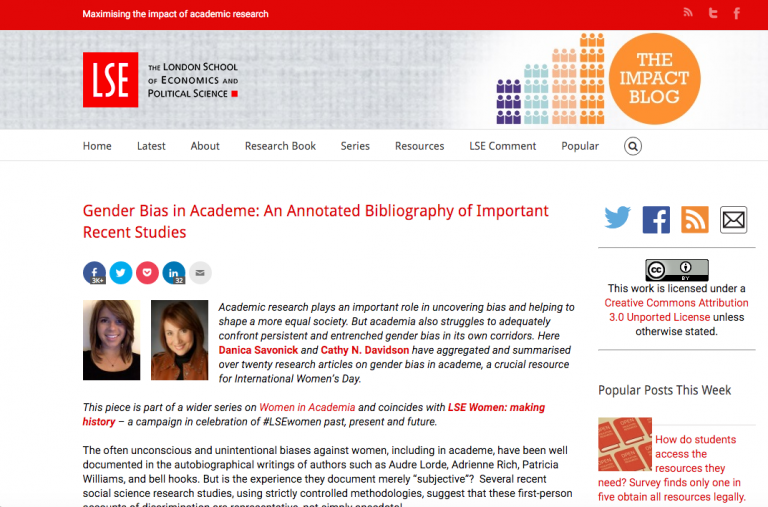From Critical to Creative Pedagogy: Reimagining Assessment
Where we have cultures of oppression & survival / we need a different way of measuring,” a student noted in a class taught by feminist, antiracist, lesbian, activist, warrior poet and educator Audre Lorde, in 1984. Systems of measurement and assessment are key indicators of what we value. If we want to change the system but continue to evaluate success using the same methods we have always used, we cannot achieve structural transformation.
Rethinking pedagogy for institutional and social change
During the late 20th century as racial minorities and white women increasingly gained access to academic institutions, Lorde and her contemporary interlocutors were involved in the process of queering and decolonizing the educational institutions of a white supremacist, heteropatriarchal society. This included figuring out what could be salvaged from the wreck and what would need to be rebuilt in the service of something new. As minoritarian knowledge practitioners, many of us continue to ask the kinds of questions that were of central importance to Lorde and her co-conspirators: How much of what goes on in schools is a means towards justice, equity, and pleasure? What paradigms, practices, and assumptions still need to be reimagined? In my dissertation research, I focus on the overlooked site of the classroom as a critical space for making these interventions. In particular, I trace how the pedagogies of aesthetic education function as a means of social interruption, rather than reproduction.
While I have written elsewhere about alternative modes of assessment (JITP and HASTAC), here I want to frame this work as part of the process of decolonizing learning institutions. As Cathy Davidson argues in Now You See It, our dominant modes of assessment, including tests and letter grades, emerged from an industrialized society that valued standardization, hierarchization, and disciplining a new labor force, reducing what was once “a qualitative, evaluative, and narrative practice—to a grade” (112). Indeed, grades are a tidy academic rubric for making the messiness of learning legible.
In this blog, I ask, how can assessment catalyze and proliferate learning, rather than punishing or shaming students for not learning enough, or not learning the right things in the allotted (and always inadequate) amount of time? This is admittedly a huge question, one which I take up at greater length in my dissertation. For now, I offer just one example of an unexpected mode of assessment from the “Great Works of Global Literature” class I taught in fall 2015 at Queens College. In particular, I explore what happened when I asked students to illustrate what they had learned by making, rather than just analyzing, literature.
Read more on HASTAC.






